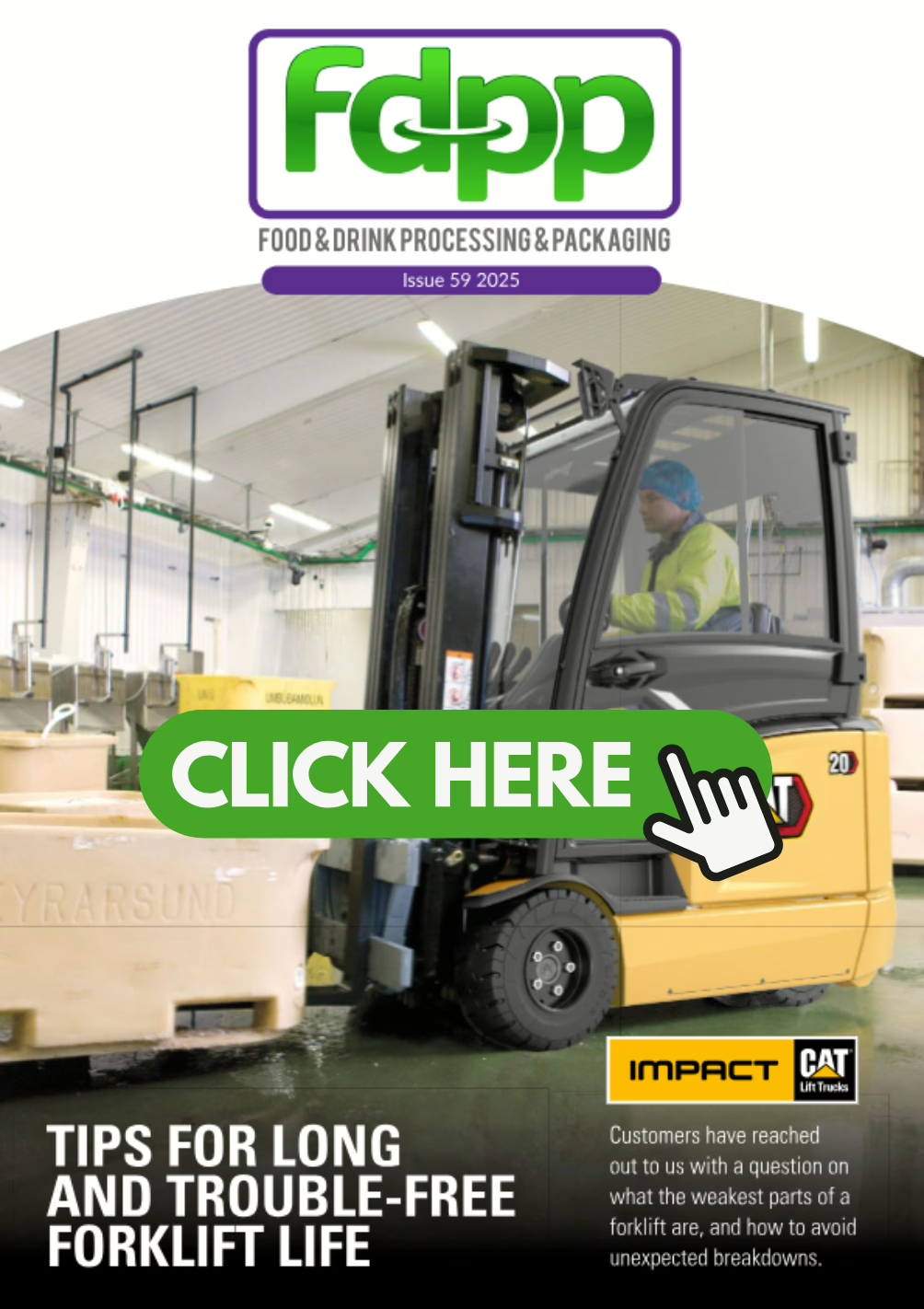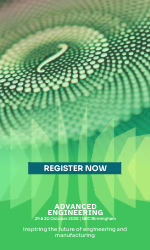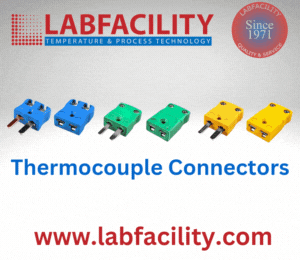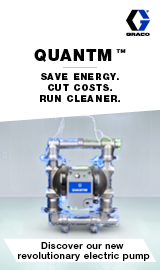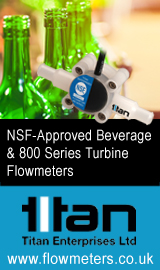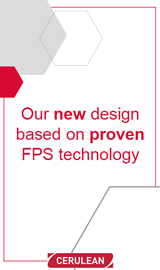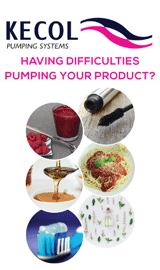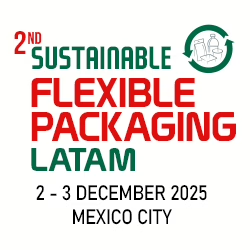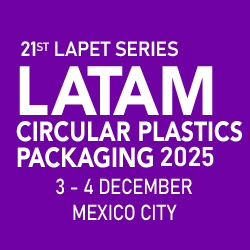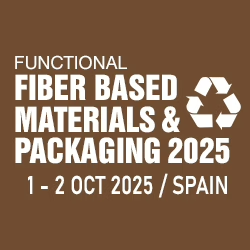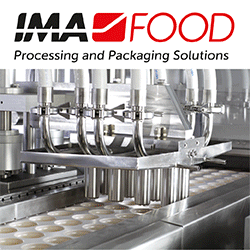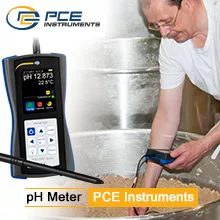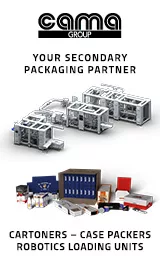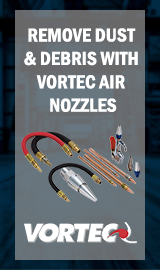From Waste to Resource: Castle Pumps’ Part to Play in Water Recycling
Whether water is being used as part of a production process or for cleaning down areas and process equipment, recycling water can save food manufacturing plants thousands of litres every year. Implementing a wastewater treatment system can therefore significantly reduce water bills, and Castle Pumps have been playing their part in delivering these systems.
Enquiry
Castle Pumps received an enquiry from a fabricator of fluid storage tanks who were designing a waste storage and recycling system. Their steel container encloses a water tank with pressure washers connected, used to wash down site equipment. Once used, the collected water is passed through a Lamella Separator and Filtration system to remove any large solid particles and returned to the original water tank to use again.
They were looking for Castle to specify a wastewater pump that would remove the filtered-out sludge at the bottom of the Lamella Settlement Tank and transfer it into a separate container to be disposed of.
Solution
When specifying a wastewater sludge pump for this Lamella Separator application, the nature of the fluid was the first thing to consider. 2-3% solid content was estimated and so it was important the pump in question could handle this, as well as the viscous sludge consistency. Due to its only wetted part being the internal tube, a peristaltic pump is ideal as the passing of solids is only limited to the diameter of the tube. There are no valves to clog or seals to wear, making it low maintenance for even more challenging, solid laden fluids.
After discussing the flow rate and pressure requirements, Castle Pumps specified the model of peristaltic pump that would meet the duty range. To provide the user with flow control for when the contents of the Lamella settlement tank differ, the pump was also specified with an integrated inverter.
Its dry run capabilities means that there would be no damage if the pump is accidentally left running after the settlement tank is emptied of sludge. Peristaltic pumps are also self-priming which was important as the pump was to be installed above the settlement tank and needs to draw the fluid up.
The final tick in the box was that peristaltic pumps are low maintenance in design, thanks to the inner tube being the only wearing component. Given the often-harsh nature of waste products, this is an excellent feature when handling wastewater, sludge or effluent.



